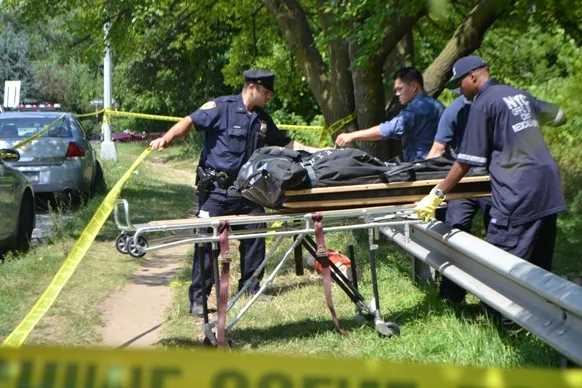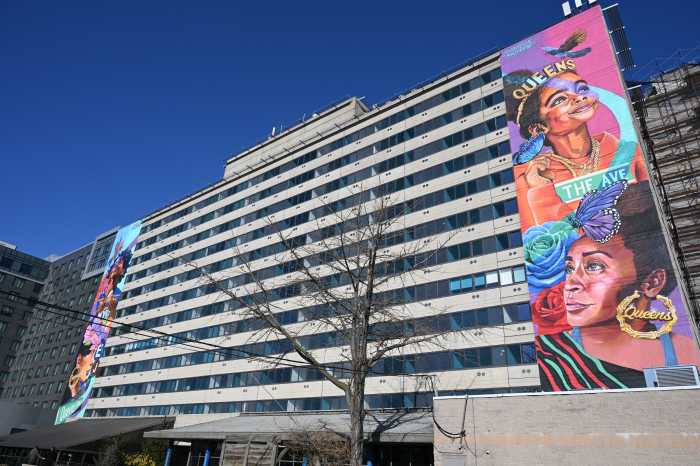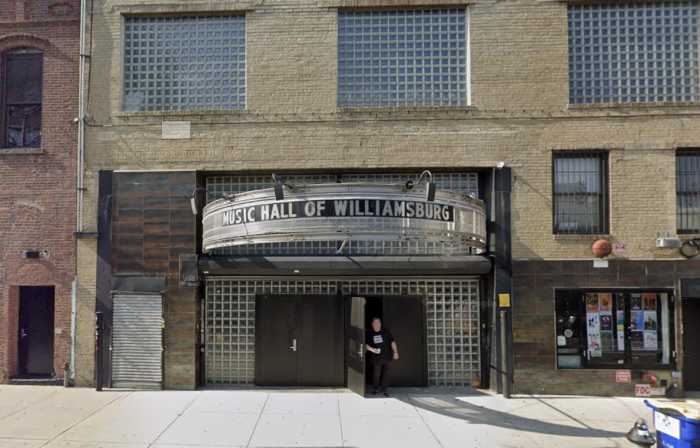
Overall major crimes in New York City have been on a steady annual decline since the year 2012, a trend that the nation follows according to the FBI, law enforcement data shows.
Total violent crimes, including murder, rape, robbery and aggravated assault, have decreased by nearly 3,000 instances from 2013 to 2014, a 4.7 percent drop, the New York Police Department reports.
Robert Gangi, director of the Police Reform Organizing Project in New York City, said this decrease in crime is not unique to New York and falls in line with national crime reports.
“I don’t think it has anything to do with policing,” Gangi said. “There has been a downward trend in crime for the past two decades not only in New York City, but all over the country.”
Retired NYPD Det. Sgt. Joseph Giacalone said statistics depicting crime rates are far less telling of a police force’s effectiveness than the crime clearance rates, or rates at which crimes are solved — a statistic that is not regularly reported.
“As an investigator, I am more worried about crime clearance rates and crime clearance rates are dropping dramatically and I guarantee you the clearance rates this year and last year are even worse than before,” Giacalone said. “We have less crime but we’re closing less cases, which means there are more criminals out on the street.”
Gangi added that crime is more complex than the current policing tactics being used in that the two are not directly correlated.
“One of the problems with the issue of crime in this country is that the media and everyone else turns to policing as the reason for an increase or decrease in crime,” Gangi said. “We at PROP think the issue of crime is much more complicated than whatever law enforcement strategy is currently in place.”
As for the 1,300 new officers that are scheduled to be introduced into the force next year, both Giacalone and Gangi feel it will have very little impact on crime rates in New York City.
“It is a deployment of resources that makes virtually no sense from a crime-fighting strategy,” Gangi said. According to Giacalone, the addition is just “a drop in the bucket for what they need.”
NYPD Commissioner William Bratton, however, recently argued that the increase will lead to a more attentive police force.
“Cops will actually have time not to just chase 911 calls, but will have the ability to spend time in an assigned neighborhood, their neighborhood,” WABC TV reports Bratton said last month. “It’s their area of responsibility.”
The data collected by the New York State Division of Criminal Justice Services has been broken down by crime and borough:
- Brooklyn, the most populated borough, has the most crime with 56,700 reported cases
- Staten Island, the least populated borough, has the least crime with only 6,865 cases
- Manhattan has the highest rates of larceny with 35,791 reported cases
- Brooklyn has 36.6 percent of the entire city’s murders
- From 2013 to 2014 murder in the Bronx has increased by 14.5 percent
- From 2013 to 2014 murder in Queens has increased by 8.5 percent




































